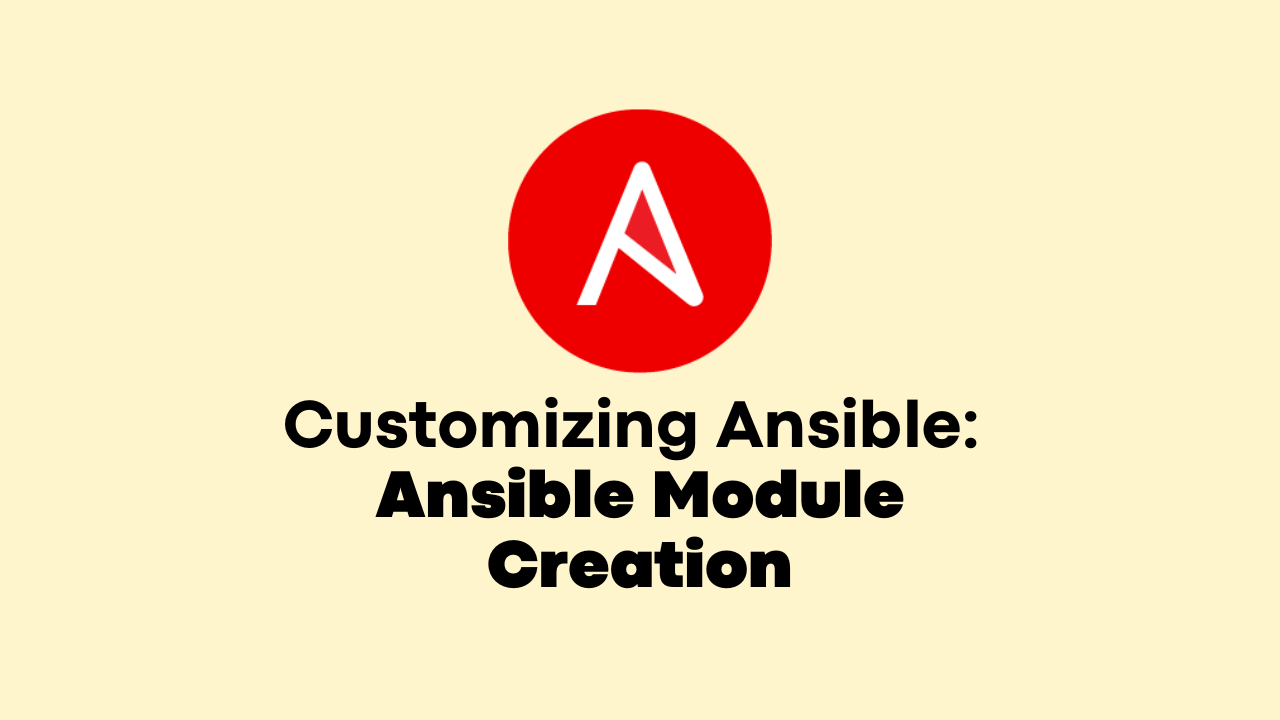The Architect-s Arsenal: Terraform vs. Pulumi in Cloud Combat!
-
 Prasana Kumar Parthasarathy
Prasana Kumar Parthasarathy
- Automation, Cloud, Terraform
- December 13, 2023

Welcome, tech enthusiasts! Today, we embark on a journey through the fascinating realm of Infrastructure as Code (IaC). Whether you’re a seasoned DevOps warrior or a curious coder, this exploration into Terraform and Pulumi promises insights, practical examples, and a glimpse into the future of scalable and efficient infrastructure management.
Why IaC Tools Matter and Why Choose Terraform or Pulumi?
In the ever evolving and fast changing landscape of software development and IT infrastructure, the need for agility, scalability, and efficiency is paramount. This is where Infrastructure as Code (IaC) tools like Terraform and Pulumi step in, transforming the way we manage and deploy infrastructure. Let’s dive into why these tools are not just trendy but essential:
1. Efficiency Beyond Manual Configurations:
In the traditional manual setup, configuring servers, networks, and databases is time-consuming and prone to errors. IaC automates these processes, enabling swift and consistent deployments.
2. Scalability at Your Fingertips:
As your applications and user base grow, scaling infrastructure becomes inevitable. IaC tools provide a blueprint for scaling operations, allowing you to adapt to changing demands seamlessly.
3. Cost Savings and Resource Optimization:
By codifying infrastructure, you gain visibility into resource allocation and usage. This insight facilitates optimal resource allocation, preventing over-provisioning and resulting in significant cost savings.
4. Enhanced Collaboration and Version Control:
Collaborating on infrastructure changes becomes a breeze with IaC. Version control ensures that changes are tracked, providing a safety net for rollbacks and collaboration among teams.
Understanding Infrastructure as Code (IaC):
At its core, IaC is a paradigm shift in the way we handle infrastructure. It involves writing code to define and provision infrastructure components. This code, when executed, automates the creation, modification, and deletion of resources. It brings predictability, repeatability, and efficiency to infrastructure management.
Enter the protagonists of our story – Terraform and Pulumi.
Terraform – The Declarative Dynamo
Crafting Infrastructure with Terraform – Simple, Declarative, Powerful
Terraform stands tall as a declarative IaC tool, allowing users to define infrastructure configurations in a human-readable language called HashiCorp Configuration Language (HCL) and a widely adopted open-source IaC tool known for strong community support.
High-level Features and Functionalities:
- Declarative Syntax: Terraform uses a declarative language, HashiCorp Configuration Language (HCL), making it easy to read and understand.
- Provider Ecosystem: Terraform boasts a vast provider ecosystem, supporting major cloud providers like AWS, Azure, Google Cloud, and more.
- State Management: Terraform maintains a state file to track the current infrastructure state, facilitating updates and modifications.
| Pros | Cons |
|---|---|
| Established and Mature | Limited Support for Imperative Constructs |
| Declarative Syntax | Learning Curve for HCL Syntax |
| Broad Provider Support |
Pulumi – The Polyglot Pioneer
Pulumi – Where Infrastructure Meets Your Favorite Programming Language
Pulumi takes a polyglot approach, allowing users to write IaC using familiar multi-programming languages like Python, JavaScript, or Go and a open-source framework that allows users to define infrastructure using familiar programming languages.
High-level Features and Functionalities:
- Polyglot Support: Pulumi supports multiple programming languages, including JavaScript, TypeScript, Python, Go, and .NET, providing flexibility for developers.
- Programmatic Approach: Unlike Terraform’s declarative syntax, Pulumi leverages an imperative, programmatic approach to define infrastructure, enabling more dynamic and expressive configurations.
- Real Programming Constructs: Developers can use programming constructs like loops and conditionals, making it easier to create complex configurations.
| Pros | Cons |
|---|---|
| Polyglot Language Support | Smaller Community compared to Terraform |
| Programmatic Flexibility | Relatively Newer in the IaC Landscape |
| Supports Imperative Constructs |
- Provisioning an AWS EC2 Instance:
Terraform
provider "aws" {
region = "us-west-2"
}
resource "aws_instance" "example" {
ami = "ami-0c55b159cbfafe1f0"
instance_type = "t2.micro"
tags = {
Name = "example-instance"
}
}
Pulumi (using Typescript)
import * as aws from "@pulumi/aws";
const instance = new aws.ec2.Instance("example", {
ami : "ami-0c55b159cbfafe1f0",
instanceType : "t2.micro",
tags: {
Name: "example-instance",
},
});
- Provisioning an Google Cloud VM:
Terraform
provider "google" {
credentials = file("path/to/credentials.json")
project = "your-project-id"
region = "us-central1"
}
resource "google_compute_instance" "example" {
name = "example-instance"
machine_type = "n1-standard-1"
zone = "us-central1-a"
tags = ["example-tag"]
}
Pulumi (using Python):
import pulumi
from pulumi_gcp import compute
# Define Google Cloud provider
config = pulumi.Config()
gcp_config = config.require_object("gcp")
# Create a Google Cloud VM instance
instance = compute.Instance("example-instance",
name="example-instance",
machine_type="n1-standard-1",
zone="us-central1-a",
tags=["example-tag"],
)
As we traverse through the basics, Terraform and Pulumi emerge as powerful allies in the IaC landscape. Whether you favor Terraform’s declarative elegance or Pulumi’s programmatic flexibility, the end goal is a scalable, automated, and efficient infrastructure.
For a more detailed KEY differences and comparison, please refer to this link: https://www.pulumi.com/docs/concepts/vs/terraform/
Also this one: https://www.linkedin.com/posts/govardhana-miriyala-kannaiah_neuveu-devops-cloudcomputing-activity-7135613374695952384-XNyp/
Conclusion
Choosing between Terraform and Pulumi depends on specific project requirements and team expertise. Terraform’s established presence and broad community make it a solid choice for traditional IaC needs. On the other hand, Pulumi’s polyglot support and programmatic approach appeal to developers seeking a more code-centric infrastructure definition. Ultimately, the decision should be based on factors like team skillset, project complexity, and personal preferences, as both tools offer robust solutions for managing infrastructure as code.
In Summary:
- Terraform: The declarative giant with a mature ecosystem, ideal for those who appreciate simplicity and community support.
- Pulumi: The polyglot pioneer, offering a programmatic approach, perfect for teams familiar with mainstream programming languages.
The Choice is Yours! Consider your team’s expertise, project requirements, and the level of abstraction you desire. Whether it’s Terraform or Pulumi, the goal is to enhance efficiency, ensure scalability, and save costs in the ever-evolving landscape of IT infrastructure.
Share your thoughts and experiences! What’s your preferred IaC tool, and how has it transformed your infrastructure journey? Let’s continue this conversation in the comments below!

I’m eager to hear your thoughts and learn from industry leaders. Have a specific topic in mind? Let me know, and I’ll dive into it!
Let’s learn, share and grow together!!

Thank you and Happy reading!


 Consider a Repost if this is useful.
Consider a Repost if this is useful.
Follow me on LindedIn , tap the (
 ) on my profile. You’ll be notified the moment I post.
) on my profile. You’ll be notified the moment I post.
#prasanainsights #sharingiscaring #DevOps #IaC #Terraform #Pulumi #InfrastructureAsCode #TechJourney #Pulumi #Terraform #DevOpsEngineering #CloudEngineering #CloudComputing #Techbeatly

Prasana Kumar Parthasarathy
Passionate problem solver with expertise in product, Software/Cloud engineering, consulting, and customer support/success delivery, dedicated to driving delightful customer experiences, innovative tech solns, & fueling business growth.
Note
Disclaimer: The views expressed and the content shared in all published articles on this website are solely those of the respective authors, and they do not necessarily reflect the views of the author’s employer or the techbeatly platform. We strive to ensure the accuracy and validity of the content published on our website. However, we cannot guarantee the absolute correctness or completeness of the information provided. It is the responsibility of the readers and users of this website to verify the accuracy and appropriateness of any information or opinions expressed within the articles. If you come across any content that you believe to be incorrect or invalid, please contact us immediately so that we can address the issue promptly.


